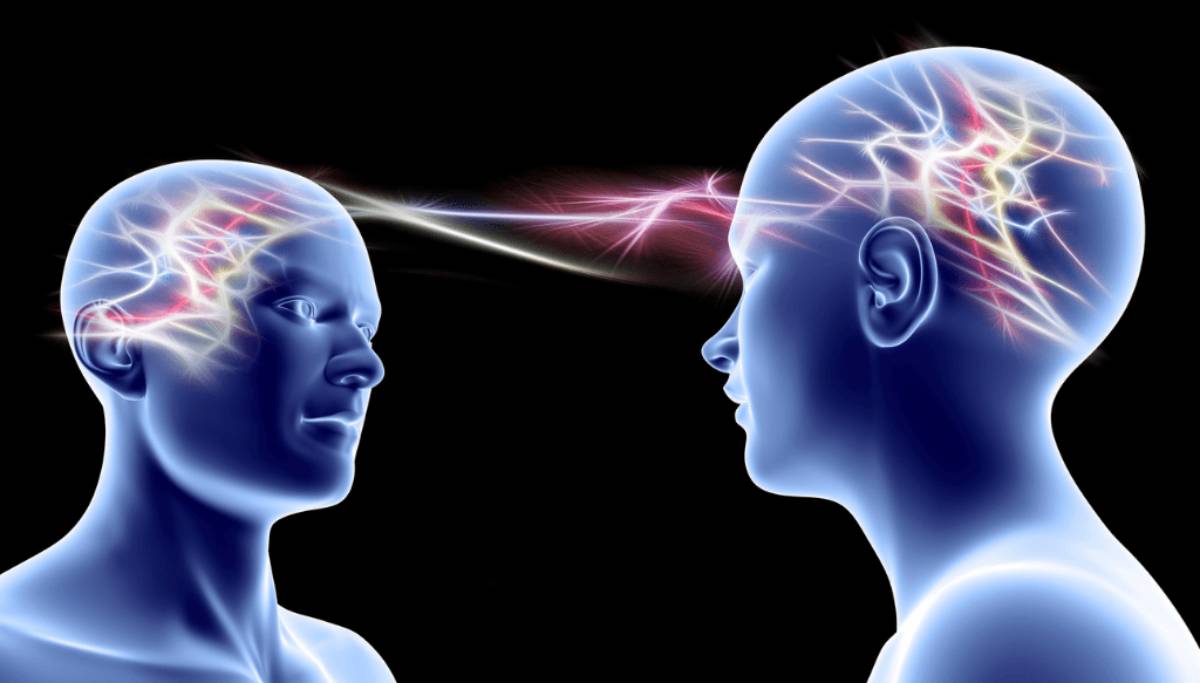Introduction:
Assimilasjon is a big deal in our global world because it molds societies. Assimilasjon is when individuals or groups take on the habits, beliefs, and rules of another culture, usually the main one. This has been happening forever, from old empires to the diverse countries we have now. It makes us think about who we are, where we fit in, and how well we get along.
In this article, we’ll look at what assimilasjon means, its past, different kinds of assimilasjon, what’s good and bad about it, and how it impacts today’s societies.
What is Assimilasjon?
Assimilasjon comes from the Latin word assimilare, which means to make similar. When we talk about it in culture, it’s when smaller groups slowly start using the habits, language, and ways of life of the bigger group. Sometimes, they even lose their own culture because of it.
This can happen because people want to fit in and get chances they wouldn’t have otherwise. Or, it can happen because they’re made to fit in by things like politics, society, or money problems.
History of Assimilasjon:
Fitting in has always been a thing, going way back:
1. Old Times:
Like how the Roman Empire got people they conquered to start speaking Latin, follow Roman rules, and act Roman.
2. Colonization days:
When Europe took over, they kind of made the people already living there act like them, even if it meant forgetting their own language and ways.
3. Immigration:
When tons of people came to the U.S., they were told to learn English and act American to fit in.
So, it looks like fitting in can bring people together, but it can also be a way of taking over someone else’s culture.
Understanding Different Types of Assimilasjon:
Assimilasjon happens in a few ways, and each one changes people and society differently:
1. Culture:
People start using the main culture’s language, clothes, food, and traditions. For example, immigrants start celebrating local holidays and eating local foods.
2. Structure:
People get involved in the main group’s social, political, and money-related stuff. Think minorities going to regular schools, working at regular jobs, or getting into government.
3. Marriage:
People from different cultures marry each other, mixing their traditions and who they are.
4. Identity:
People start seeing themselves as part of the main group instead of sticking with their minority identity.
5. Civics:
People fully participate in politics and community stuff, like voting or becoming citizens.
Overview Factors Influencing Assimilasjon:
How fast someone fits in depends on a few things:
- Learning the Language: Knowing the main language is usually the biggest thing to get right first.
- Schooling: Schools are great at teaching the local culture.
- Finding a Job: Working puts you in touch with the local culture faster.
- Government Rules: The government can either push everyone to become the same or celebrate differences.
- How People Act: If people accept you, it is way easier to fit in than if they don’t.
Benefits of Adopting Assimilasjon in Culture:
When people assimilate, it can be good for them and the community:
1. Social unity:
When everyone is on the same page culturally, there’s less fighting and more togetherness.
2. Job chances:
Fitting into the main culture can mean better access to jobs, schools, and connections.
3. Getting involved in politics:
Assimilasjon lets minority groups participate in their community and have a say in how things are run.
4. Mixing of cultures:
Even if Assimilasjon usually boils down to cultural differences, it can also lead to cool mixes of identities that make communities better.
Challenges Faced in Adopting:
1. Loss of Cultural Identity:
When you’re in a minority group, there can be pressure to give up your traditions, your language, and what you believe in.
2. Discrimination:
Even if minorities try to fit in, they might still experience prejudice.
3. Unequal Power:
Fitting in often means one culture becomes way more dominant than another, wiping out the original culture.
4. Generation Issues:
Older people might not want to adapt, but younger folks might, causing drama at home.
Conclusion:
Assimilasjon is a tricky process that’s been changing societies for ages. It can bring people together and help them move up in the world, but it also brings up some tough questions. Like,
If we get assimilasjon, we can better see how important it is to mix in while also keeping our heritage alive in our connected world.



